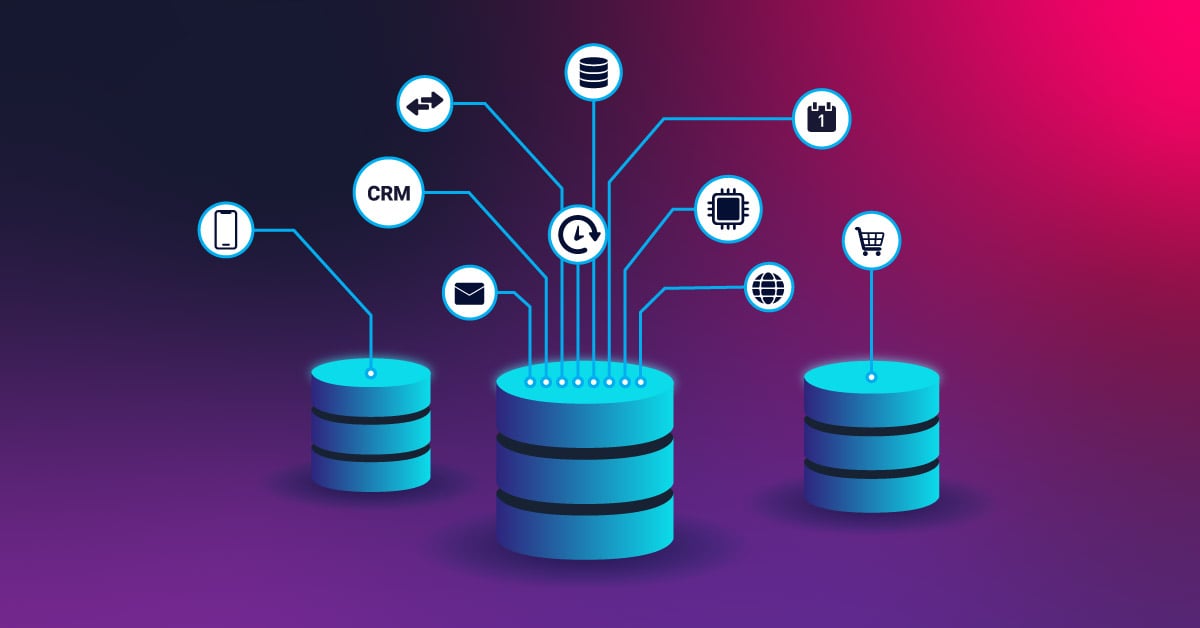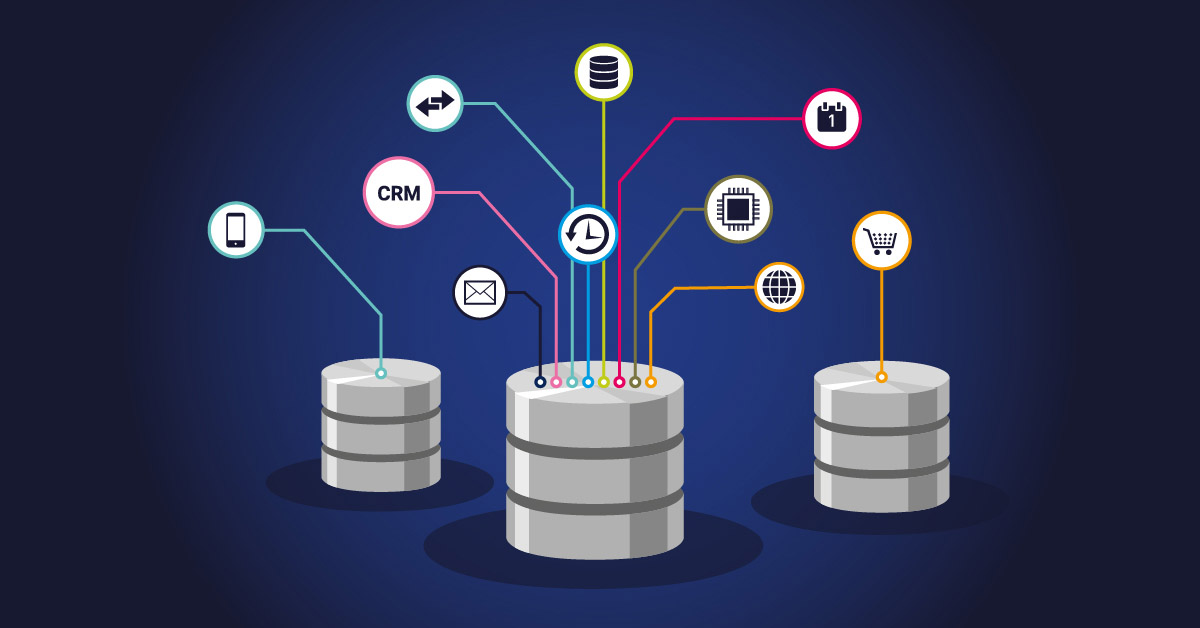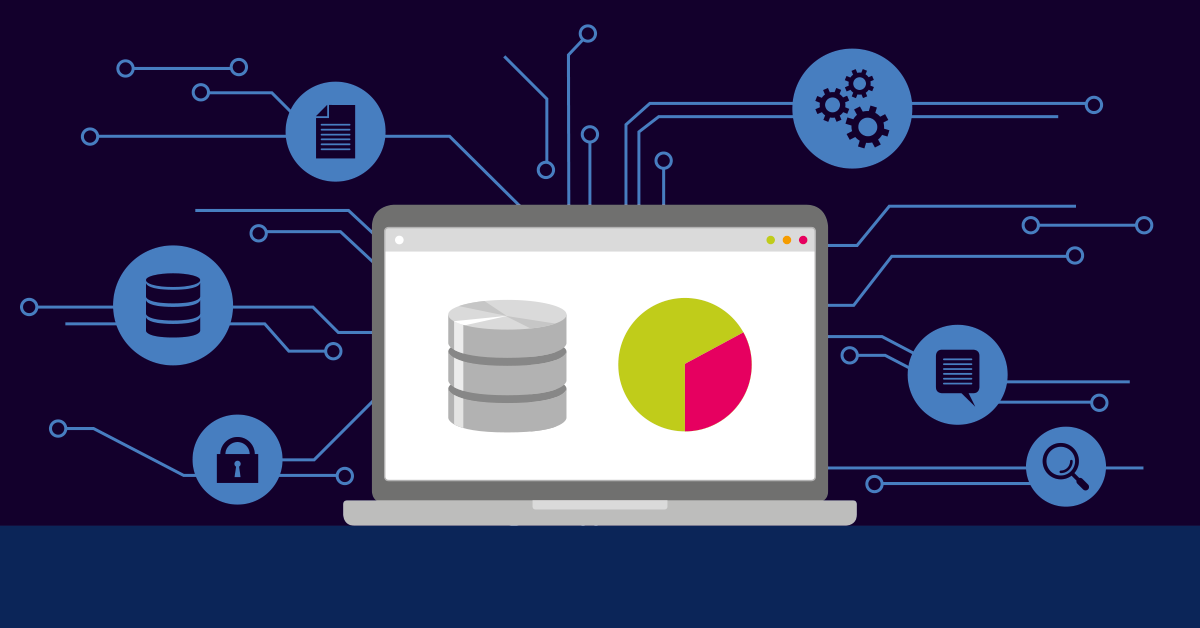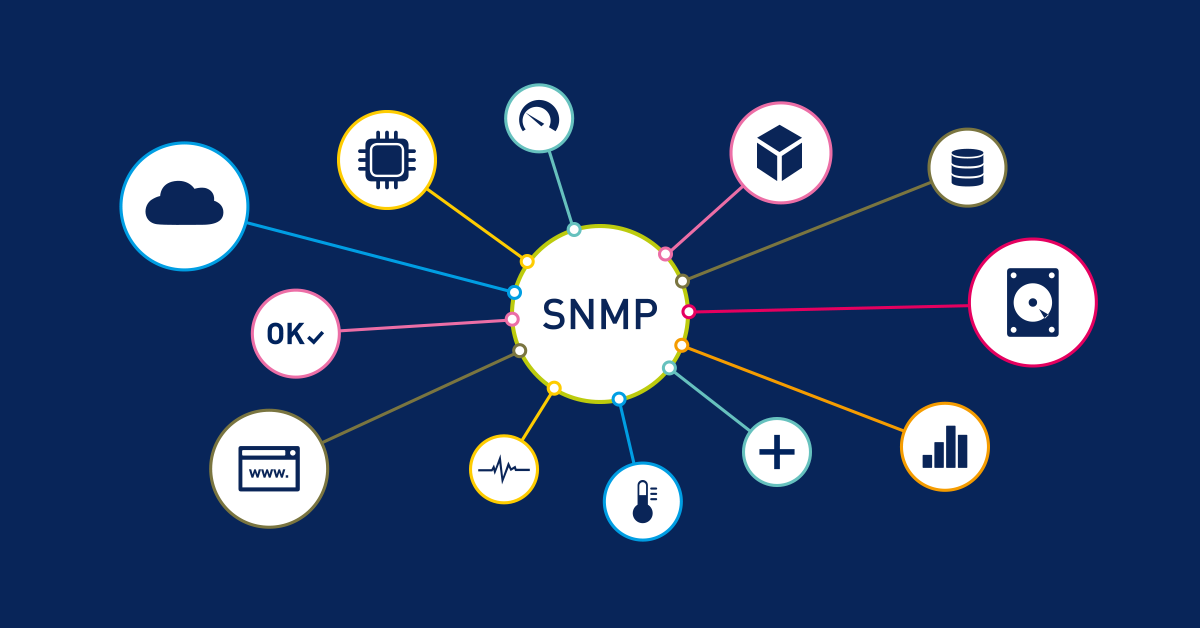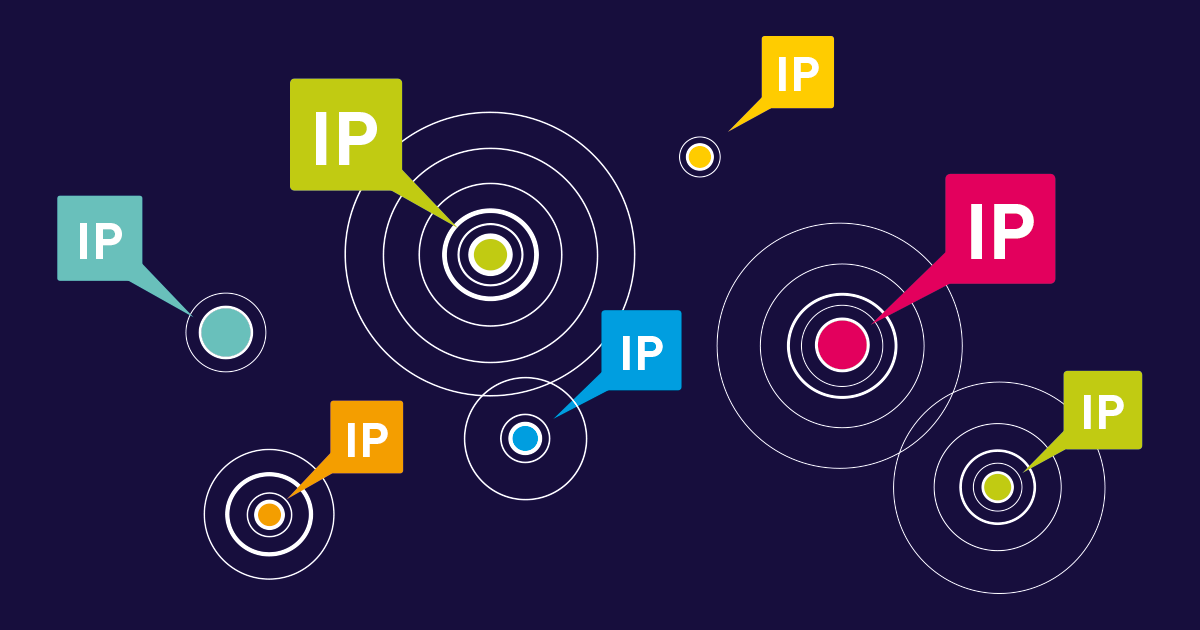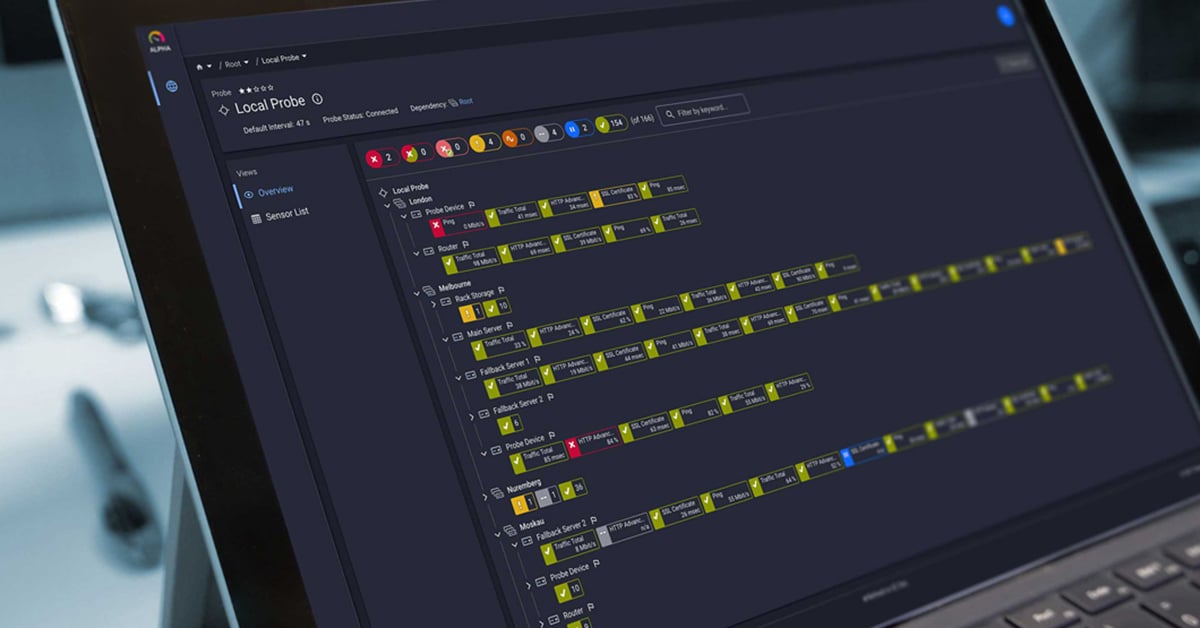Think your database is secure because you've got a decent firewall and strong passwords? Think again. I've watched database security best practices completely change over the last few years - mostly because hackers got a whole lot better at their jobs (while we were busy in meetings, probably 🙊).
It's kinda scary how easily they slip past firewalls these days. They love finding those little goldmines like the SQL Server you forgot to patch last month, or those admin accounts with way too many permissions that nobody's reviewed since 2019.
And when they get in? Total nightmare. I've seen companies lose entire customer databases, watch competitors suddenly launch products suspiciously similar to their "secret" projects, and my personal favorite - trying to explain to executives why they're writing seven-figure checks for regulatory fines.
You really need three things to avoid being that company: actually understanding what you're up against (not just checking compliance boxes), putting some decent security guardrails in place, and - this is the part everyone skips - actually watching what's happening in your databases day-to-day.
That's where PRTG Network Monitor saves my bacon regularly. It catches weird stuff happening in the database - like why is this accounting query suddenly pulling 50x more data than normal at 3am? - before someone's walking out with your customer credit card numbers.
Understanding modern database security challenges
Let's face it - hackers aren't using the same old tricks anymore. They've upped their game, and your database security needs to keep pace. What is database security in 2025? It's no longer just setting up a firewall and calling it a day. We're talking about defending against SQL injection attacks that can drain your customer data in minutes, dealing with disgruntled IT admins with dangerous access levels, and battling ransomware that can lock up your entire database until you pay up.
I've seen companies running SQL Server, MySQL, and PostgreSQL systems get hammered because someone forgot to patch a known vulnerability or used weak passwords. Trust me, this is exactly why monitoring a database requires an IT professional who's been in the trenches and knows what to look for.
Remember when everything lived in your data center and you could physically see your database servers? Those days are gone. With stuff scattered across cloud platforms and hybrid setups, the security game has completely changed. Your on-prem firewalls and badge access don't help much when half your data lives in someone else's data center. And don't get me started on compliance! Between GDPR's right-to-be-forgotten headaches, HIPAA's patient data rules, and the nightmare that is PCI DSS, you're juggling chainsaws while riding a unicycle.
You need real-time monitoring, encryption that doesn't kill performance, and access controls that keep the bad guys out without making life impossible for legitimate users. It's a balancing act that gets trickier as your database environment grows more complex.
Essential database security controls and best practices
Want to know the first rule of database security best practices? Keep your database servers far away from your web-facing systems. A short but comprehensive guide to database security always starts with proper network segmentation - it's like putting your crown jewels in a separate vault behind the main bank. If hackers breach your web application, they'll hit a brick wall trying to pivot to your database. This separation can be physical (different hardware), logical (VLANs), or container-based.
Many security pros implement a three-tier architecture: web servers in a DMZ, application servers in a middle tier, and database servers in the most protected zone. This simple structure dramatically reduces your attack surface and prevents unauthorized access to sensitive data.
Next up: lock down who can touch your data. The principle of least privilege isn't just security jargon - it's your best defense against insider threats. Every database user should have exactly what they need to do their job, nothing more. Role-based access controls let you manage this at scale without creating security gaps.
But here's the thing: even perfect permissions won't save you if your authentication is weak. Is your security really secure? Not if you're still relying on passwords alone. Implement multi-factor authentication to drastically cut credential theft risks. And don't forget to audit those permissions regularly - access rights tend to accumulate like digital dust, creating serious security risks when employees change roles or leave.
Encryption is your data's last line of defense. When all else fails, properly encrypted data remains useless to attackers. Implement TLS/SSL for all database connections to prevent snooping on data in transit. For data at rest, technologies like transparent data encryption (TDE) protect your information without application changes. The real challenge? Key management.
Even military-grade AES-256 encryption becomes worthless if your keys are compromised. Establish rock-solid processes for generating, storing, and rotating encryption keys. Some organizations use hardware security modules (HSMs) for their most critical keys - expensive, but worth it for truly sensitive data.
You can't protect what you can't see. Database activity monitoring and audit logging give you visibility into who's accessing what data and when. Set up comprehensive logging for all database actions - especially privileged operations - and store those logs securely where attackers can't tamper with them. PRTG Network Monitor can alert you to suspicious activities in real-time, like unusual query patterns or off-hours access attempts that might indicate a breach in progress.
Regular log reviews aren't just for compliance checkboxes; they're how you spot the subtle signs of an attack before it becomes a full-blown security breach.
Finally, patch your systems like your job depends on it - because it does. Attackers love known vulnerabilities with published exploits. They scan the internet constantly for unpatched systems, and monitoring databases is vital – and with prtg it's easy to identify which systems need updates. Yes, patching can be disruptive, but not nearly as disruptive as explaining to your CEO why customer data is for sale on the dark web.
Establish a consistent patching schedule with proper testing protocols. Complement this with regular vulnerability scanning and penetration testing to find misconfigurations and security gaps before the bad guys do.
Implementing continuous database security monitoring with PRTG
You've locked down your database environment - great! But how do you know if someone's trying to break in right now? 8 database security best practices to know always include continuous monitoring, because without visibility, you're essentially flying blind. Database administrators need early warning systems that flag suspicious activity before damage occurs. Unusual query patterns, repeated login failures, or resource spikes often signal an attack in progress.
PRTG Network Monitor excels here with specialized sensors for SQL Server, MySQL, Oracle, and PostgreSQL. These sensors track not just uptime, but query execution times, user sessions, cache hit ratios, and dozens of other metrics that reveal potential security issues.
I've seen PRTG catch unauthorized access attempts that slipped past traditional security tools - all because it noticed performance patterns that didn't match normal operations.
Alert configuration separates amateur monitoring from professional setups. Too many alerts? Your team starts ignoring them. Too few? You miss critical issues. The trick is establishing meaningful thresholds based on your environment's normal patterns. Start by monitoring your databases for a couple of weeks to establish baselines - what's normal for YOUR systems, not some generic benchmark. Then configure PRTG alerts for deviations that matter: multiple failed logins from the same source, unusual after-hours queries, or someone suddenly accessing sensitive tables they rarely touch.
These targeted alerts help your security team distinguish between harmless anomalies and genuine threats, dramatically reducing alert fatigue while catching subtle attack indicators.
Don't overlook basic availability monitoring - it serves double duty for security. Hackers often launch denial-of-service attacks against databases to create distractions or disrupt operations. By tracking response times and connection counts in real-time, you can spot potential DoS attacks before they fully impact your systems. 5 monitoring strategies for cyber security in OT shows how similar principles apply across different environments.
PRTG's database sensors can alert you when response times suddenly spike or connection counts exceed normal thresholds - often the first sign of an attack. Plus, regular availability checks help identify when security controls themselves might be causing performance issues, helping you balance protection and functionality.
Dashboards bring everything together in a format that both technical teams and executives can understand. PRTG's customizable dashboards let you combine high-level security status indicators with drill-down capabilities for investigating specific issues. Create views showing failed login attempts, privilege escalation events, sensitive data access patterns, and patch compliance status.
The real power comes when you integrate database monitoring with broader security monitoring - placing database activity in context with network traffic, user behavior, and system events. This holistic approach helps detect sophisticated attacks that target multiple systems simultaneously. I've seen organizations catch data exfiltration attempts because their PRTG dashboard showed unusual database query volumes coinciding with abnormal outbound network traffic - something they'd never have noticed with siloed monitoring tools.
Conclusion
Securing database environments isn't a one-and-done project - it's an ongoing commitment that requires vigilance and adaptation as threats evolve. The most effective database security strategies combine multiple layers: network segmentation, the principle of least privilege, strong passwords, and database firewalls create your defensive foundation, while database activity monitoring gives you visibility into suspicious activities before they become breaches.
Regular security assessments help identify new vulnerabilities in your changing environment, while proper data masking and encryption key management protect your sensitive information even if other controls fail. What separates secure organizations from vulnerable ones isn't just having security controls - it's having visibility into whether those controls are actually working.
PRTG Network Monitor provides exactly this visibility, helping security teams detect unusual database access patterns and potential threats in real-time. Ready to see how proper monitoring can strengthen your database security posture? Get a free trial of PRTG today and gain the insights needed to protect your most valuable data assets.
Frequently Asked Questions
How can I use cyber security predictive risk scoring to better protect my databases?
Look, you can't just sit around waiting for your security tools to scream "WE'RE BEING HACKED!" That's way too late. This whole predictive approach is about catching weird stuff before someone makes off with your customer database. It's not rocket science - basically, you're looking at query logs, user session data, permission changes… you know, the boring stuff nobody wants to monitor manually. And it's not perfect (nothing in security ever is), but when you've watched your SQL Server long enough to know that Bob from Accounting only runs reports on Tuesdays between 9-11am, it's pretty darn obvious when "Bob" is suddenly pulling customer credit card tables at midnight on Saturday. That's when your phone should be blowing up with alerts - not after the data's already halfway to some forum on the dark web.
Want to see similar approaches in action? Check out 5 monitoring strategies for cyber security in OT for real-world examples.
What database metrics should I monitor for effective cyber security predictive risk assessment?
Don't overcomplicate this - focus on metrics that actually matter. For predictive risk assessment, track failed logins (especially repeated attempts from the same source), privilege escalation events, unusual query patterns, and off-hours database activity. The key isn't just collecting this data; it's understanding what's normal for YOUR environment. A sudden spike in database read operations might be totally normal during month-end processing but could signal data theft on a random Tuesday. Good monitoring tools help you establish these baselines and flag deviations that matter.
Discover why monitoring databases is vital – and with prtg it's easy to set up effective tracking of these critical security indicators.
How does PRTG help with database cyber security predictive risk scoring?
PRTG doesn't just tell you when your database is down - it provides the detailed metrics needed for meaningful risk assessment. It tracks query performance, user sessions, connection attempts, and dozens of other database health indicators that security tools often miss. The real value comes from PRTG's ability to establish baselines and alert on deviations specific to your environment. This isn't generic "best practice" thresholds; it's customized monitoring based on how YOUR databases actually behave. Plus, PRTG integrates with your existing security tools, feeding valuable database metrics into your broader security monitoring system.
Learn more about 8 key considerations when choosing a dbms and how monitoring capabilities should factor into your decision.
 Published by
Published by 